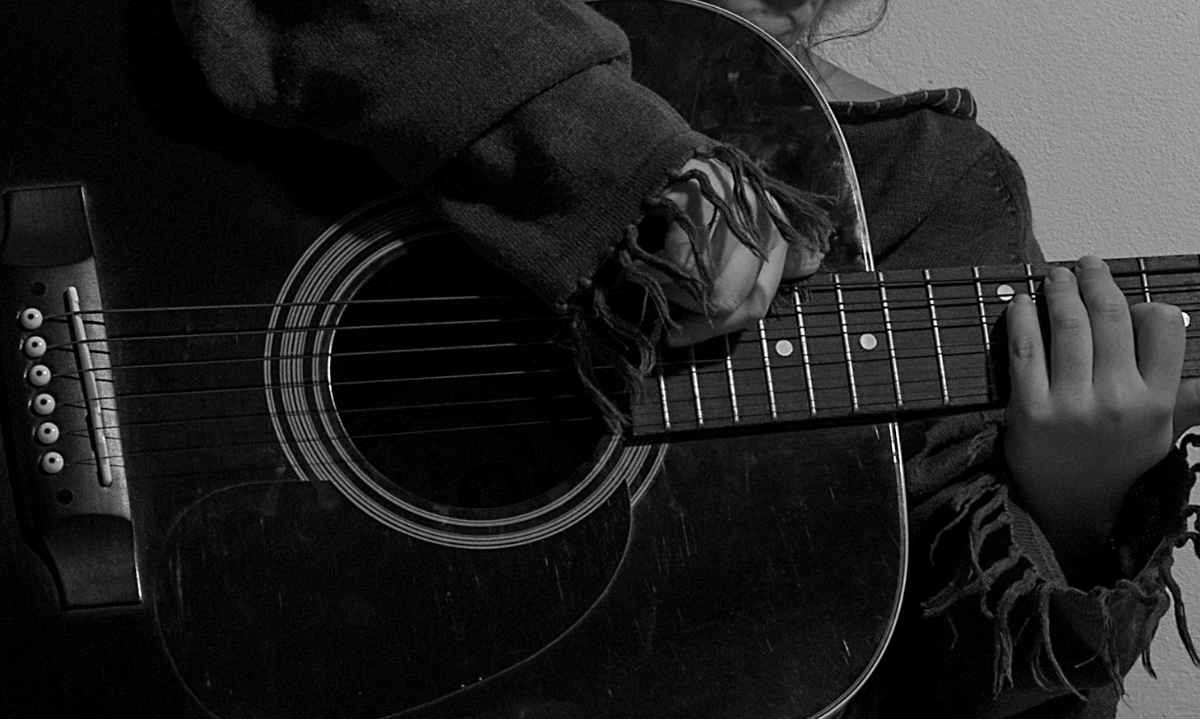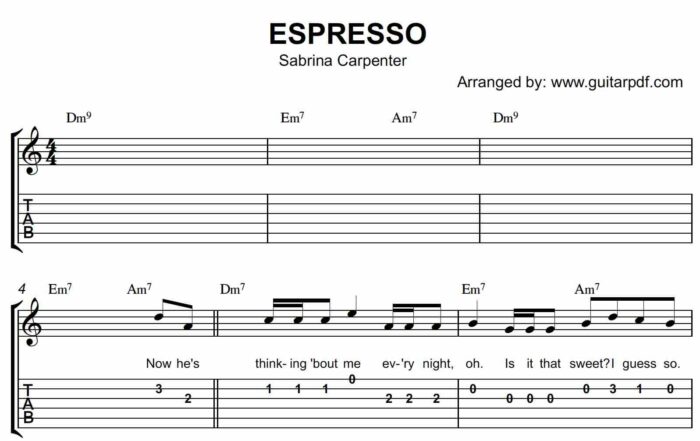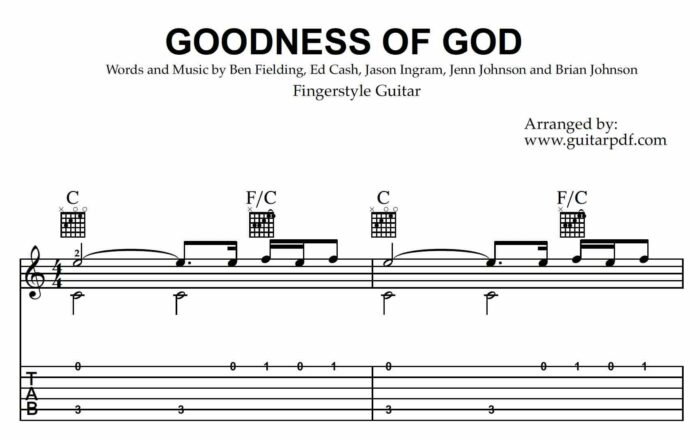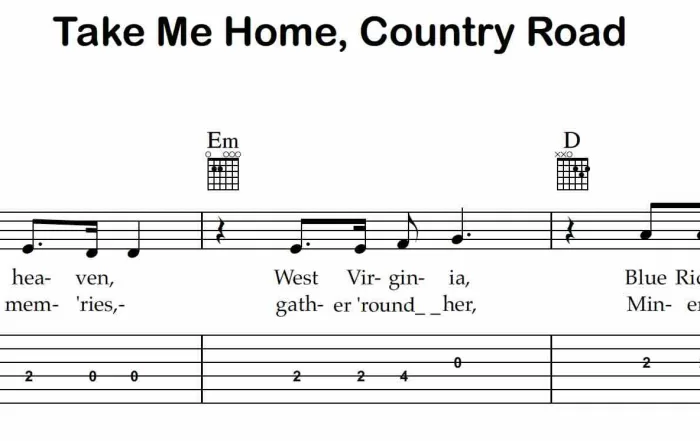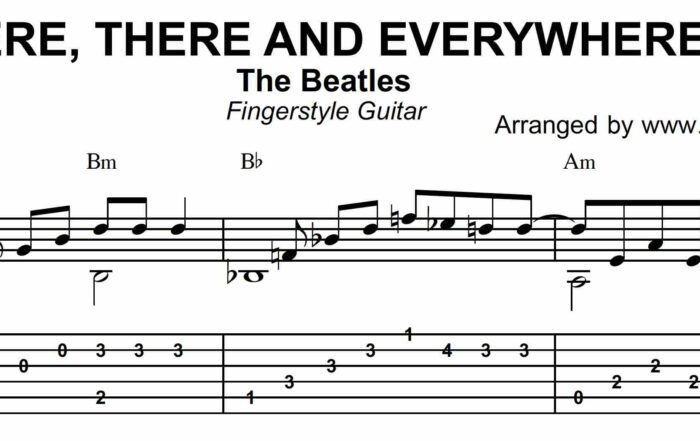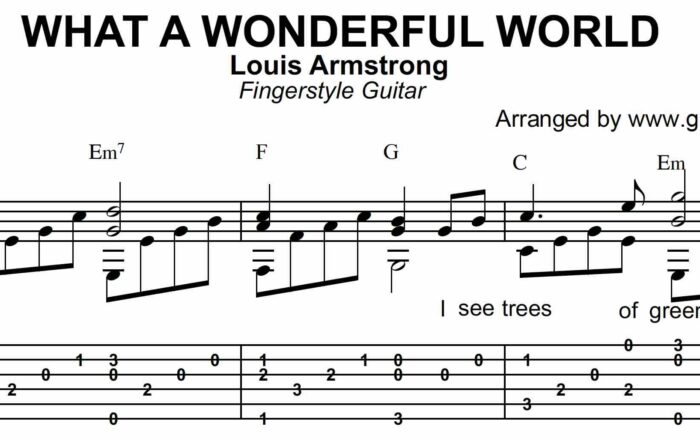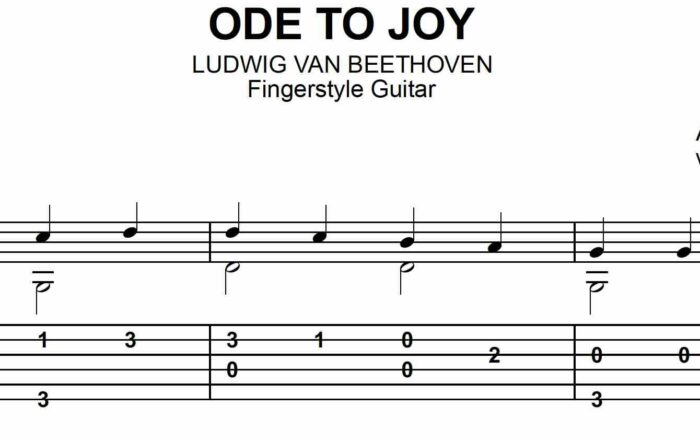Exploring Minor Chords and Their Emotional Impact
Music has an incredible power to evoke emotions, and much of this emotional magic comes from the chords we use. While major chords often bring joy and triumph, minor chords add depth, complexity, and sometimes a touch of melancholy. Today, we’re diving into the world of minor chords and exploring how they shape the emotional landscape of music.
Whether you’re a guitarist looking to enrich your sound or just curious about the emotional impact of different chords, this guide will unravel the mysteries of minor chords and show you how to harness their power.
What Are Minor Chords?
At the heart of every minor chord is a sense of tension and resolution. A minor chord is built from three notes: the root, the minor third, and the perfect fifth. The minor third interval is what gives the chord its distinctive, often somber quality.
Basic Structure:
- Root Note: The starting point of the chord.
- Minor Third: An interval of three half steps (or semitones) above the root.
- Perfect Fifth: An interval of seven half steps above the root.
For example, in an A minor chord (Am), A is the root, C is the minor third, and E is the perfect fifth.
The Emotional Impact of Minor Chords
Minor chords are more than just musical building blocks—they’re emotional powerhouses. Here’s how they shape the mood and feel of a piece:
1. Melancholy and Sadness
Minor chords are often associated with feelings of sadness and introspection. Their unique sound can evoke a sense of longing or nostalgia, making them perfect for creating emotional depth in your music.
- Example: Think of the hauntingly beautiful “Yesterday” by The Beatles. The minor chords in this song add a layer of wistfulness and emotional complexity.
2. Tension and Suspense
The tension in minor chords can create a sense of anticipation or unease. This is why they’re frequently used in genres that play with dramatic or suspenseful themes, such as film scores or certain styles of rock and metal.
- Example: In classical music, minor chords often build tension that resolves to major chords, creating a powerful emotional journey. Listen to Beethoven’s “Moonlight Sonata” for a classic example of how minor chords can evoke a sense of mystery and tension.
3. Introspection and Reflection
Many songwriters use minor chords to convey a sense of introspection or personal reflection. The depth of minor chords can mirror the complexity of human emotions and experiences.
- Example: Radiohead’s “Creep” uses minor chords to convey feelings of alienation and self-doubt, resonating deeply with listeners.
Common Minor Chord Shapes and Their Uses
Understanding how to play minor chords on the guitar opens up a world of creative possibilities. Here are a few common shapes and their uses:
1. The Basic Minor Shape
Shape:
- Root on the 6th String: Barre the 1st fret and form an E minor shape. For instance, Am (A minor) is played by barring the 5th fret and using the E minor shape.
Use: This shape is versatile and commonly used in many songs. It’s a great starting point for beginners to explore minor chords.
2. The A Minor Shape
Shape:
- Root on the 5th String: Barre the 5th fret and form the A minor shape. For instance, Em (E minor) can be played by barring the 7th fret and using the A minor shape.
Use: This shape is particularly useful for creating rich, full minor chords and can be moved around the fretboard to play different minor chords.
3. The D Minor Shape
Shape:
- Root on the 4th String: Barre the 5th fret and use the D minor shape. For example, Bm (B minor) is played by barring the 7th fret and using the D minor shape.
Use: This shape is excellent for creating a more melodic minor sound, often used in folk and acoustic music.
Incorporating Minor Chords Into Your Playing
Understanding how to use minor chords effectively can elevate your songwriting and playing. Here are some tips to get you started:
1. Experiment with Progressions
Try incorporating minor chords into your chord progressions to see how they affect the mood of your music. A common progression like C major – A minor – F major – G major can create a sense of resolution with a touch of emotional depth.
2. Explore Different Genres
Different genres use minor chords in various ways. For example, blues and jazz often use minor chords to add complexity and flavor, while pop and rock might use them to evoke specific emotions.
3. Use Minor Chords for Emotional Contrast
Incorporate minor chords to create contrast in your music. Transitioning from a major chord to a minor chord can enhance the emotional impact of a song, providing moments of tension and release.
Famous Songs That Highlight Minor Chords
If you’re looking for inspiration, check out these songs known for their effective use of minor chords:
- “Someone Like You” by Adele: A powerful ballad that uses minor chords to convey deep emotion.
- “The Sound of Silence” by Simon & Garfunkel: Utilizes minor chords to create a reflective and somber atmosphere.
- “Nothing Else Matters” by Metallica: Combines minor chords with heavy riffs to evoke a sense of introspection and power.
Minor chords are a crucial element in the emotional palette of music. By exploring and mastering these chords, you can add depth, contrast, and emotional complexity to your playing. Whether you’re writing your own songs or interpreting others, understanding the impact of minor chords will enhance your musical expression and connect more deeply with your audience.
So, pick up your guitar, experiment with minor chords, and discover how they can transform your music. Happy playing!

